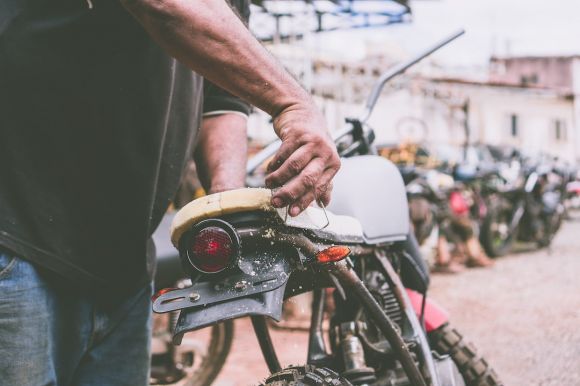Riding a motorcycle can be a thrilling and exhilarating experience. However, it also comes with its fair share of risks. One of the most important aspects of staying safe on the road is effective communication. While motorcycles are equipped with turn signals, brake lights, and horns, these may not always be visible or audible to other drivers. That is where motorcycle hand signals come into play. By using hand signals, riders can communicate their intentions and navigate the roads safely.
Left Turn
When preparing to make a left turn, extend your left arm straight out to the side. This signal indicates to other drivers that you are planning to turn left. Remember to keep your arm fully extended for maximum visibility.
Right Turn
To signal a right turn, extend your left arm out to the side and bend it at the elbow, pointing your hand upward vertically. This signal indicates to other drivers that you are planning to turn right. Again, make sure that your arm is fully extended and your hand is clearly visible.
Stop
When coming to a stop, extend your left arm out to the side and bend it at the elbow, pointing your hand downward. This signal indicates to other drivers that you are slowing down or stopping. It is important to hold this signal for a few seconds to ensure that other drivers have noticed your intention to stop.
Hazard Ahead
If you come across a hazard on the road, such as debris or an accident, you can use the hazard ahead signal to warn other riders or drivers. Extend your left arm out to the side and shake it back and forth. This signal alerts others to the potential danger on the road ahead, allowing them to slow down and navigate around it safely.
Passing
When overtaking another vehicle, it is crucial to communicate your intentions to the driver in front of you. To signal your intention to pass, extend your left arm out to the side and tap your helmet with an open palm. This signal indicates to the driver that you would like to pass them. It is important to wait for their acknowledgement before proceeding with the maneuver.
Group Riding
In group riding situations, hand signals become even more essential for effective communication. Riders can use hand signals to alert others in the group of upcoming turns, lane changes, or hazards. It is important for all riders to be familiar with these signals and to communicate them clearly and in advance.
Conclusion: Ride Safe, Communicate Clearly
Motorcycle hand signals are a vital tool for riders to communicate their intentions on the road. By using these signals effectively, riders can enhance their visibility and ensure that other drivers are aware of their presence and intentions. It is important for all riders to familiarize themselves with these hand signals and practice using them regularly. Remember, clear communication leads to safer riding experiences. So, next time you hit the road on your motorcycle, remember to use hand signals and ride safely.
